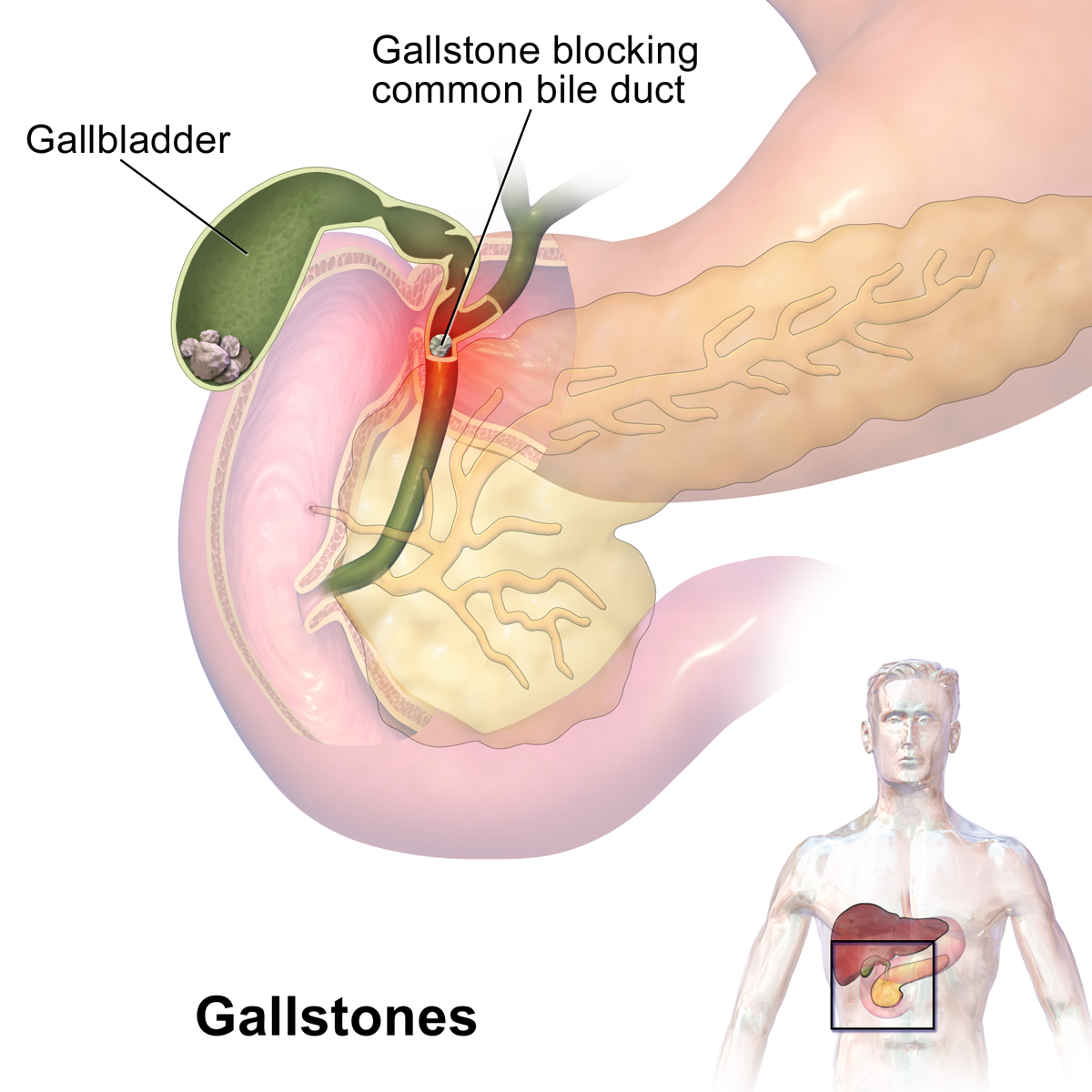What is a cholecystectomy and how is it done?
A cholecystectomy is a gallbladder removal surgery. The gallbladder is located in the right upper part of the stomach, beneath the liver. The liver produces bile, which is stored in the gallbladder. When bile is required, it is released via the common bile duct. Bile is a digestive fluid that aids in the digestion of fat. The gallbladder and liver are connected to the first part of the small intestine via the common bile duct.
A cholecystectomy may be used to treat some cases of
• Gallbladder cancer.
• Cholelithiasis (gallstones within the gallbladder).
• Choledocholithiasis (gallstones within the bile duct).
• Cholecystitis (inflammation of the gallbladder).
• Pancreatitis (inflammation of the pancreas).
A cholecystectomy can be done in a few different ways, including:
Simple Cholecystectomy:
The gallbladder and some surrounding tissue are removed during a simple cholecystectomy.
This is used in cases of non-cancerous or early-stage cancers.
The procedure can be performed either openly or laparoscopically.
1.Open Cholecystectomy:
The gallbladder is removed through a large (about 6 inch) abdominal incision during an open cholecystectomy (cut). When cancer is known or suspected, this is not the preferred method. In these cases, the majority of patients will undergo an extended cholecystectomy (see below).
2.Laparoscopic Cholecystectomy:
In the belly, numerous small incisions (cuts) are made.
The gallbladder is removed using a laparoscope (lighted tube) inserted through the incisions.
When gallbladder cancer is known or suspected, this method is not used.
Extended (Radical) Cholecystectomy:
An extended cholecystectomy is frequently used to reduce the risk of recurrence in patients with gallbladder cancer. This entails the removal of the gallbladder, a portion of the liver, and several lymph nodes. In some cases, a larger portion of the liver (wedge resection), an entire liver lobe (hepatic lobectomy), the common bile duct, certain ligaments, additional lymph nodes, the pancreas, the duodenum, and any other areas where the disease is found may require a more extensive operation.
Dr. R. Phani Krishna
